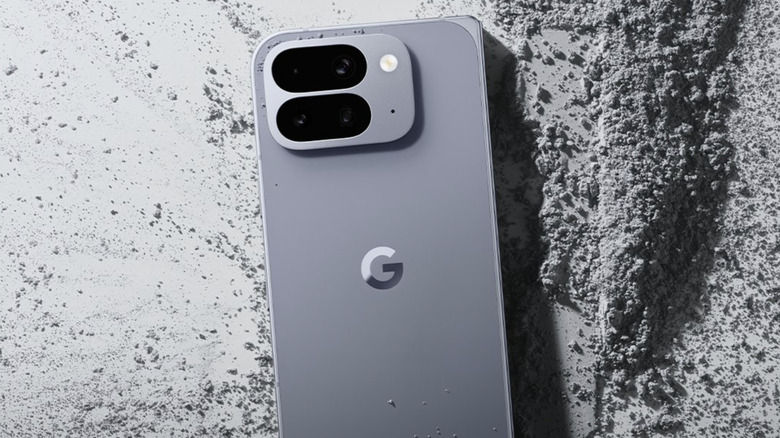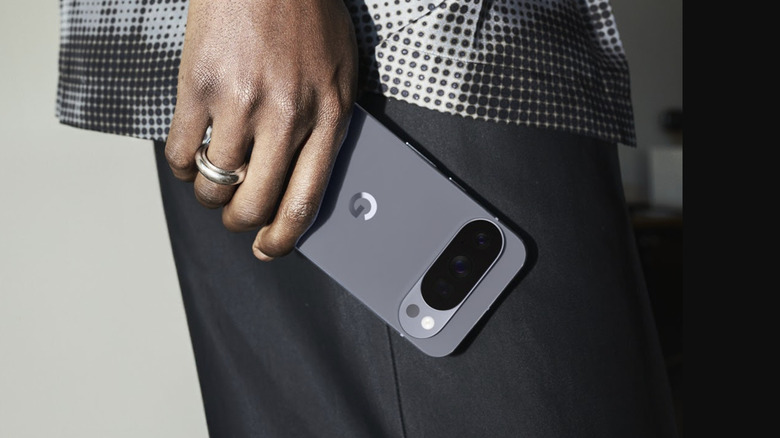Android Users Might Not Be Happy About This Google Pixel 10 Battery Feature
The batteries fitted inside smartphones are consumables, and as they go through charge-discharge cycles, they lose their ability to retain charge and drop below their rated capacity. To compensate for the loss in electrochemical performance, Google has created a system called Battery Health Assistance that gradually lowers the voltage, which in turn reduces the amount of runtime you get from the phone. "This helps stabilize battery performance and aging," Google says. Ideally, this feature should be open for users to enable or disable, but that's not the case with Google's latest Pixel 10 series smartphones.
In a statement shared with Android Authority, Google says Battery health assistance is enabled by default on the Pixel 10 quartet, and you can't disable it either. This feature first arrived on the Pixel 6a, and has been a mainstay on all Google smartphones since. But with the arrival of the Pixel 9a, Google made it a mandatory battery system that you can't deactivate. The same has now been ported over to the Pixel 10, Pixel 10 Pro, Pixel 10 Pro XL, and the Pixel 10 Pro Fold.
Knowing that your phone's battery will be throttled in its early days, and will continue to do so until it reaches the 1,000 cycle count, is not something many buyers will be happy about. So, what's the aftermath? "Based on adjusted capacity, Battery health assistance also tunes the phone's charging speed. You may notice a slight change in battery charging performance," Google says on its support page.
It's not a good look for Google
Google's approach to battery health preservation is a little too aggressive, even by its own standards, but not too surprising either. For years, Pixel users have complained about battery overheating and poor battery life issues. However, other smartphone brands offer a more optimistic take. On iPhones, for example, you can set a charge limit that goes all the way down to 80%, in addition to enabling the Optimised Battery Charging feature that slows down the charging pace after the 80% mark in order to keep the battery in a healthy shape and improve its lifespan.
Apple further notes that its smartphone batteries are designed in such a fashion that they retain 80% of their original capacity at 1,000 complete charge cycles. After that, certain optimizations kick in to balance performance and power uptake, though it's recommended to get a battery replacement at this stage. Google, on the other hand, will kickstart the battery optimization process as soon as the Pixel 10 series smartphones reach 200 charging cycles.
If you are pushing a Pixel 10 series phone as your regular warhorse on a daily basis, you will reach that cycle count in just a year. As a result, your phone's battery will last fewer hours than its natural capacity is supposed to deliver on a full charge. For comparison, Samsung's smartphones are supposed to maintain their peak performance for as many as 2,000 charging cycles, twice that of Google's Pixel 10 series smartphones. The only consolation is that the Pixel 10 series phones offer support for Qi2 wireless charging and come with its own ecosystem of magnetic Pixelsnap accessories.

